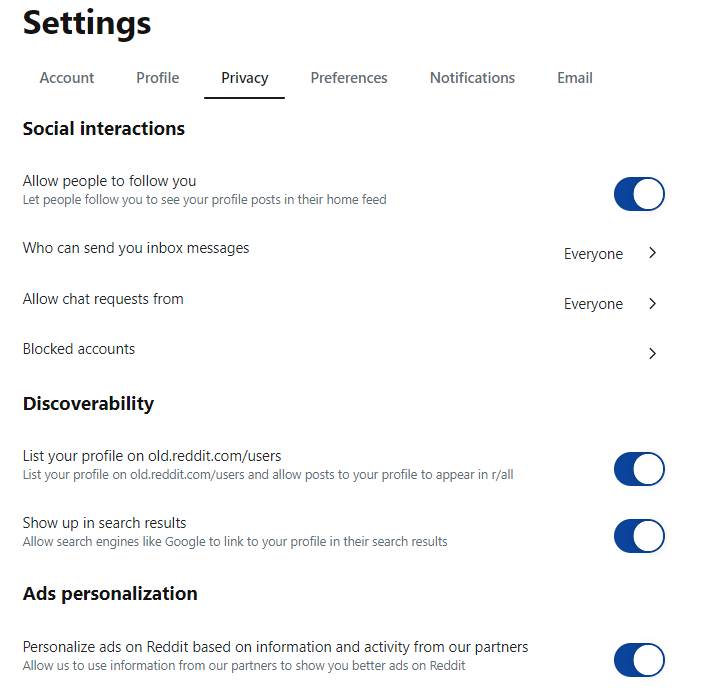Why the Best Custom Diamond Painting is the Best Gift
Diamond art kits offer a unique opportunity to create stunning, personalized paintings that make for thoughtful and memorable gifts. Whether you choose to gift a completed painting or share the experience of creating one, diamond art kits provide a meaningful and creative way to show someone you care.
To make this experience even more special, you can opt for the best custom diamond painting. This option allows you to transform one of your cherished photos into a dazzling piece of art. This art is an opportunity to learn new skills, connect emotionally with your chosen image, and create something truly personal. The emotional value and sense of accomplishment make custom diamond paintings a standout gift, offering benefits that go beyond the ordinary.
We enjoyed delving into the many reasons why custom diamond paintings are the perfect personalized gift. And now, we’re existing to show you how they bring joy to both the giver and receiver.
What Are Custom Diamond Paintings?

Diamond paintings are a type of art you can create with a canvas and ‘diamonds’. These diamonds are actually drills of resin rhinestones of different colors. Using the instructions on the canvas, you will glue the diamonds down in the form of a mosaic.
Therefore, custom diamond paintings are a mosaic of a unique image you want. When you submit a picture to a diamond art company, they will print a canvas and send you a matching diamond art kit. Then, you will be able to make a mosaic of your photographs and give away the final art piece. Alternatively, you can give the art kit as a gift and let the recipient have fun putting it together.
The Best Qualities of Custom Diamond Paintings
When you want to give a unique gift, diamond paintings are an excellent option. To understand why it is such a good option, you only need to consider its qualities.
Diamond paintings have the following qualities:
1. Creates a Long-lasting Memory
The first reason why you should give away custom diamond paintings is that they give a lasting memory. Since you can select any of your own pictures, such as vacation photographs, these paintings are meaningful. So, you and the person you are giving it to will be able to remember the memory depicted in the mosaic. Plus, the recipient will fondly remember the process of putting it together if you give this gift as a diamond art kit.
2. Improves Manual and Discernible Skills
These paintings will allow you or the recipient to improve your manual and observant skills. In particular, children benefit from putting together these paintings. This is because this activity promotes hand-eye coordination. It give them an appreciation for art and also requires the child to practice recognizing shapes and reproducing them.

3. Evokes Powerful Emotions
These paintings are striking in their beauty. So, when you give them away as a gift, the recipient may be touched by the artistic mosaic. They may also feel captivated and awaken a desire to create art of their own. For children in particular, the fun and bright colors can prompt them to be more creative.
4. Reduces Stress
Another reason why you should consider these paintings as your first personalized gift option is that they reduce stress. Since you can paint with diamonds in a quiet and peaceful environment, it can be calming. Since it requires focus, it can help you enter a mindful state of mind that can be therapeutic. Moreover, the repetitive motion of placing the diamonds may let you decompress.
5. Improves Focus
This personalized gift is perfect for those who need to improve their focus. Handling the small diamonds requires focus, so you will naturally start thinking only of this task. For children, this can lead to over 10 hours of dedicated, focused activity. Broken down into creative sessions, you may be able to focus your child on this activity for several days.
6. Transforms Keepsakes into Art
These diamond paintings will transform your keepsake photographs into works of art. While you could turn the original image into a framed photograph, using it to create a diamond painting heightens its value. In fact, the recipient of this gift may even prefer it since it can be an interesting piece of art they can add to their home decor.
7. Suits Various Occasions
Finally, custom diamond paintings are perfect for a variety of occasions. Whether you want to give a diamond painting gift for a birthday, religious holiday, or another occasion, its customization feature allows you to make it fit the occasion. For instance, if you want to celebrate the holiday, you can use a picture you took during that season.
Where to Get Custom Diamond Paintings

To find the best diamond art kits, you should visit Dreamer Designers. Their diamond art kits have a high-quality canvas, allowing you to create detailed paintings that will not crease. Moreover, their colorful diamonds are made of eco-friendly resin. Also, you can supplement the kit by adding more tools to make the painting process easier and faster.
Plus, they have an Uh-Oh insurance policy. So, if your child spills the diamonds, they will replace the diamonds at zero cost to you. You will simply need to take a picture of the mess and submit a claim. Within a day, the company will reach out to you to resolve the situation.
Conclusion
Custom diamond paintings are the best personalized gift you can offer someone, no matter the occasion. This gift is meaningful not only because of its uniqueness and personal nature but also because of its stunning appearance. These mosaics shine with bright colors which enchant both children and adults. In addition, these paintings act as keepsakes that offer you a chance to practice manual and cognitive skills, reduce stress, and increase focus.
To offer this spectacular gift, you should consider buying a custom kit from a highly-rated diamond kit producer such as Dreamer Designs. Their high-quality kits and customization features create the best diamond painting gifts.













